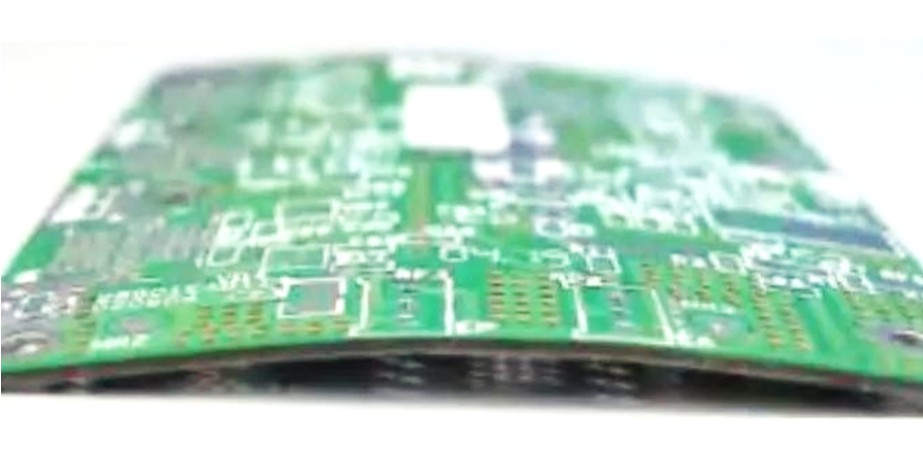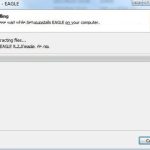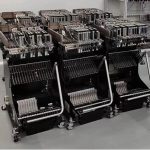The Development History of the PCB Board
Before the emergence of printed circuit boards, the interconnection between electronic components relied on the direct connection of wires to form a complete circuit. In contemporary times, circuit boards only exist as effective experimental tools, while printed circuit boards have become a dominant position in the electronics industry.
At the beginning of the 20th century, to simplify the production of electronic machines, reduce wiring between electronic parts, and reduce production costs, people began to study the method of replacing wiring with printing. Over the past thirty years, engineers have continuously proposed the use of metal conductors as wiring on insulated substrates. And the most successful was in 1925, Charles Ducas of the United States printed circuit patterns on insulated substrates, and then successfully established conductors for wiring through electroplating.
In 1936, Paul Eisler, a Austrian, published the foil technology in Britain, and used printed circuit boards in a radio device; In Japan, Yoshisuke Miyamoto successfully applied for a patent by using the spray wiring method, “the spray wiring method”. Among the two, Paul Eisler’s method is the most similar to today’s printed circuit boards, and this type of method is called subtraction.
In 1943, Americans mostly applied this technology to military radios.
In 1947, the US Aviation Administration and the US Bureau of Standards initiated the first PCB technical seminar.
In 1948, the United States officially recognized this invention and used it for commercial purposes.
In the early 1950s, due to the resolution of the adhesive strength and solder resistance issues of CCL’s copper foil and laminates, their performance was stable and reliable, achieving industrial production. The copper foil etching method became the mainstream of PCB manufacturing technology, and single-panel production began.
In the 1960s, hole metallization of double-sided PCBs was achieved and large-scale production was achieved.
In the 1970s, multi-layer PCBs rapidly developed and continued to develop towards high-precision, high-density, thin wire and small holes, high reliability, low-cost, and automated continuous production.
In the 1980s, surface-mounted printed boards (SMTs) gradually replaced plug-in PCBs and became the mainstream of production.
Since the 1990s, the surface mount has further developed from flat packaging (QFP) to ball mount array packaging (BGA).Since the beginning of the 21st century, high-density BGA, chip-level packaging, and multi-chip module packaging printed boards based on organic laminate materials have developed rapidly.
Printed circuit boards have evolved from single-layer to double-sided, multi-layer, and flexible boards, continuously moving towards high-precision, high-density, and high reliability. Continuously reducing volume, reducing costs, and improving performance have enabled printed circuit boards to maintain strong vitality in the future development of electronic products. The development trend of future printed circuit board production and manufacturing technology is to develop towards high-density, high-precision, fine aperture, fine wire, small spacing, high reliability, multi-layer, high-speed transmission, lightweight, and thinness in terms of performance.
Welcome to inquire about PCB Board issues at opcba.com.





